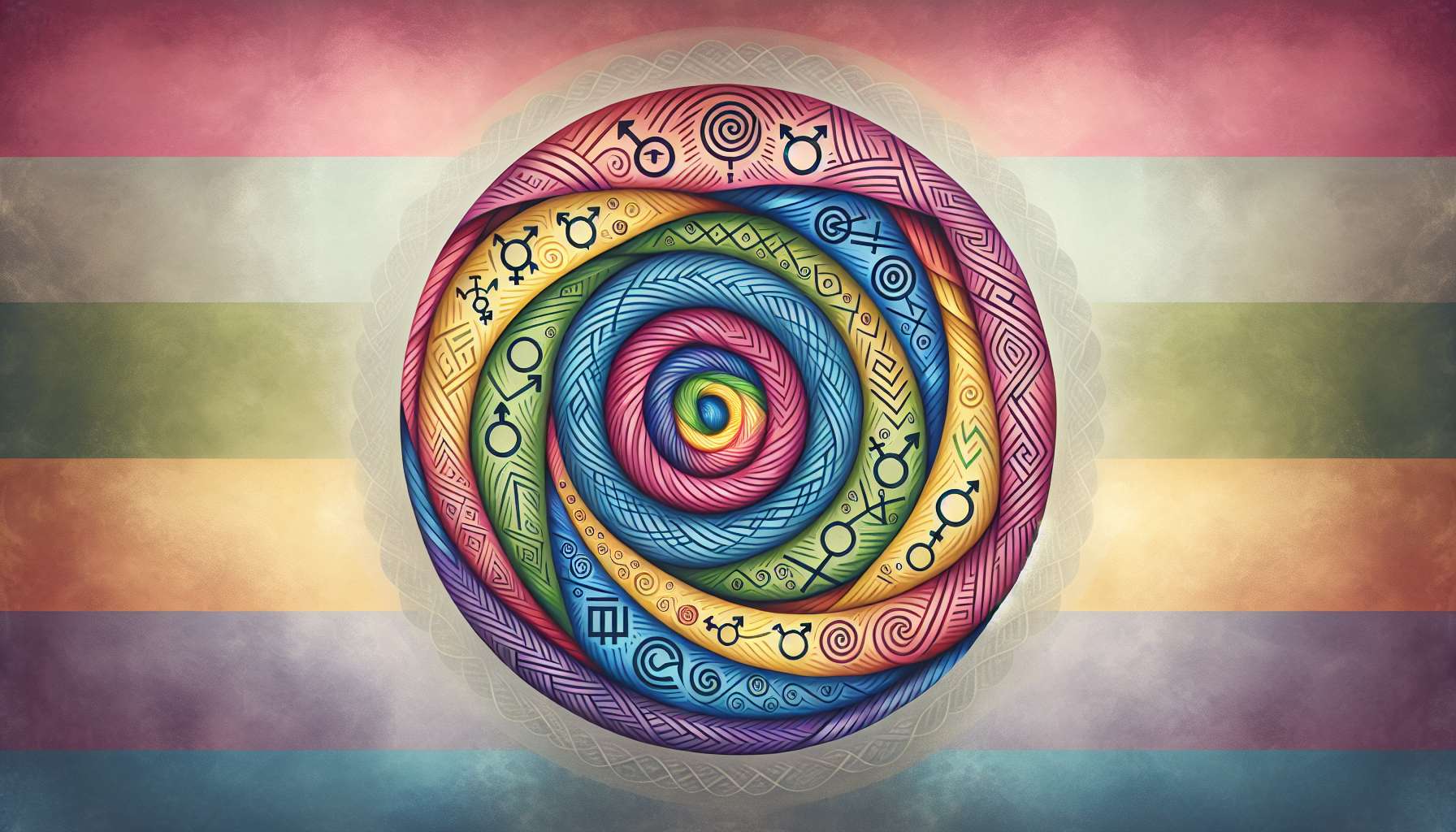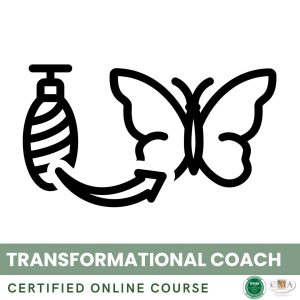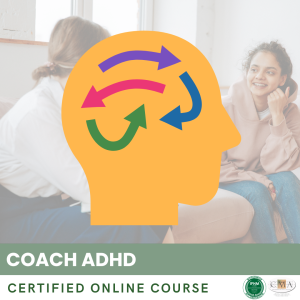Welcome to this fifth sub-module which will allow you to explore a topic often unknown yet essential to understand the diversity of bodies and identities: intersexuality and variations of sexual development.
Intersexuality refers to a set of situations where a person’s chromosomal, gonadal or anatomical sex development is atypical. In other words, the person’s sexual characteristics (genital organs, hormone levels, chromosomes…) do not correspond to the typical definitions of the male or female body. We also talk about variations of sexual development.
Contrary to a common misconception, intersexuality is not limited to an ambiguity of external genital organs. There are more than forty different variations, which can concern chromosomes (such as Klinefelter syndrome or Turner syndrome), gonads (ovaries or testicles), internal genital organs, external genital organs, or hormone levels.
For example, a person may have an XY karyotype (generally associated with male sex), external genitals that appear female, and gonads that are neither typical ovaries nor testicles. Or, a person may have an XX karyotype (generally associated with female sex), ovaries, and a clitoris considered “too large” according to medical standards.
Intersexuality is a natural and healthy variation of human sexual development. It is not a disease or disorder in itself. Yet for a long time, the medical protocol when facing a newborn intersex was to perform early surgeries to “normalize” their bodies and assign them to a male or female sex. These operations, often performed without the informed consent of the person, could result in heavy consequences: chronic pain, loss of sexual sensitivity, infertility, psychological trauma…
Today, intersex persons’ associations advocate for the right to bodily integrity and self-determination. They are calling for an end to early non-vital operations and the postponement of any intervention until the person is of age to give their informed consent. They are claiming the right to grow up with an intersex body and to develop their own gender identity, whether male, female or non-binary.
As a coach, your role will be to welcome intersex persons you may accompany with respect and kindness. Inform yourself about intersexuality by relying on resources produced by the people concerned themselves. Use a respectful and validating vocabulary: talk about “variation of sexual development” rather than “anomaly” or “disorder”. Avoid intrusive questions about the person’s anatomy and focus on their experience and needs.
If an intersex person comes to you for support related to their gender identity, keep in mind that intersexuality does not determine gender identity. An intersex person can identify as male, female, non-binary, agender… regardless of their sexual characteristics. Your role will be to help them explore their gender identity in an open and kind manner, without presumption or injunction.
To illustrate your point, you can refer to examples of intersex public figures, such as South African athlete Caster Semenya or Australian model Andreja Pejić. You can also mention testimonial books like “Neither Eve nor Adam: An Intersex Story” by Janik Bastien-Charlebois or “Herculine Barbin alias Alexina B.” by Herculine Barbin.
By addressing intersexuality in your coaching practice, you will contribute to breaking the taboo and invisibility that still surrounds these issues. You will help your intersex clients accept and flourish in their own identity, beyond the binary norms of sex and gender. Because celebrating the diversity of bodies and identities means working towards a more inclusive and kind society, where everyone has their place.
Key points to remember:
– Intersexuality refers to a set of situations where a person’s chromosomal, gonadal or anatomical sex development is atypical, not corresponding to the typical definitions of the male or female body. We also talk about variations of sexual development.
– There are over 40 different variations of intersexuality, which can concern chromosomes, gonads, internal and external genital organs, or hormone levels.
– Intersexuality is a natural and healthy variation, not a disease. Yet the medical protocol has long included early surgery for intersex newborns, with heavy consequences.
– Intersex persons’ associations now advocate for the right to bodily integrity, the end of early non-vital operations and the free development of gender identity.
– As a coach, welcome intersex persons with respect, by informing yourself and using validating language. Focus on their experiences without intrusive questions.
– Intersexuality does not determine gender identity. Accompany your intersex clients in the open exploration of their identity, without presumption.
– By addressing intersexuality, you contribute in breaking a taboo and celebrating the diversity of bodies and identities, for a more inclusive society.
👉 To download docx (Editable) file click here : Click here
👉 To download PDF file click here : Click here
👉 To download MP3 file click here : Click here







